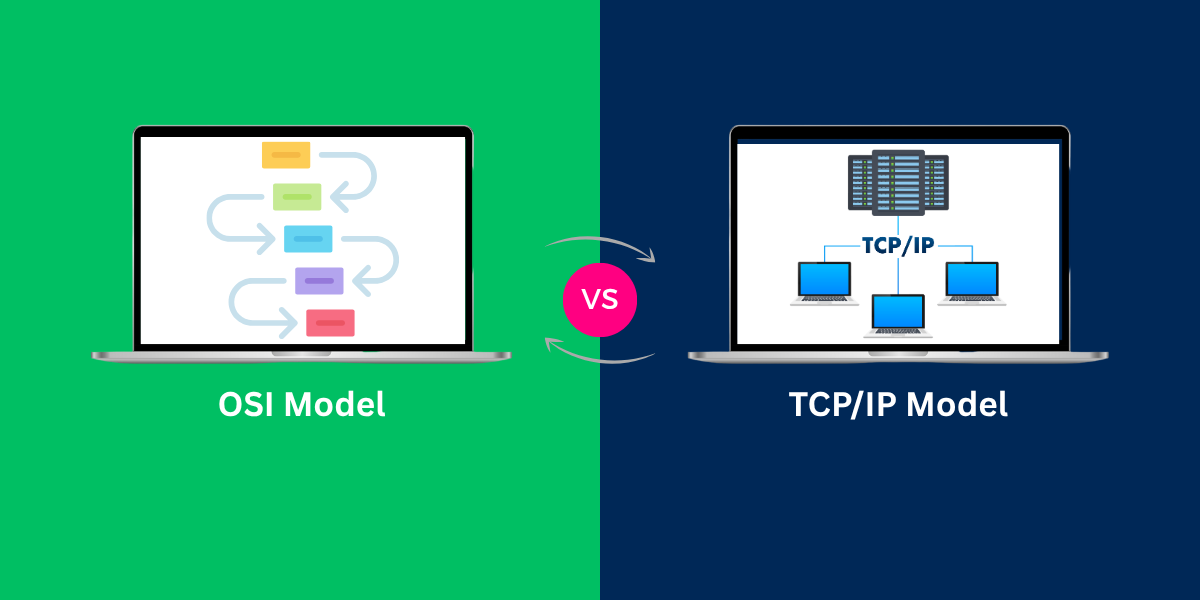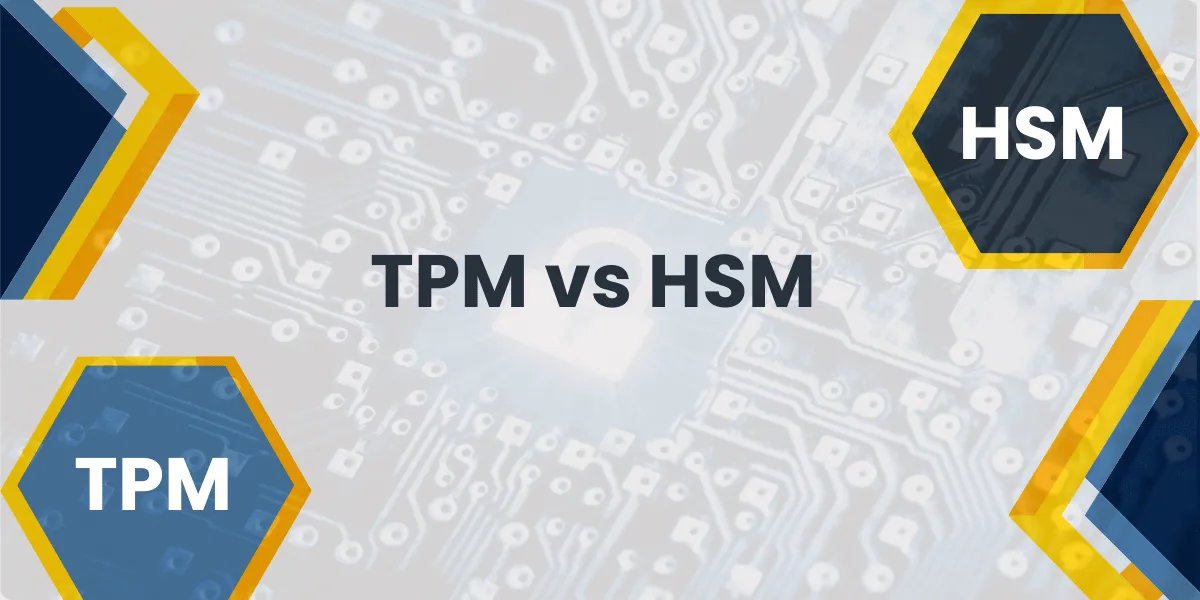Networking relies on frameworks that organize how data travels between devices. Two of the most important models are the OSI Model (Open Systems Interconnection) and the TCP/IP Model (Transmission Control Protocol/Internet Protocol).
In this guide, we’ll explain what each model is, compare their layers, explore key differences, and discuss when to use each.
At a Glance: OSI Model vs TCP/IP Model
Here’s a quick side-by-side comparison before diving deeper:
| Aspect | OSI Model | TCP/IP Model |
| Number of Layers | 7 (Physical, Data Link, Network, Transport, Session, Presentation, Application) | 4 (Network Access, Internet, Transport, Application) |
| Development | Theoretical first, then practical | Practical first, later formalized |
| Implementation | Reference framework (used for learning & troubleshooting) | Real-world protocol suite (powers the Internet) |
| Usage | Education, troubleshooting, conceptual design | Internet communication, networking operations |
| Layer Boundaries | Strict and clearly defined | Flexible, some overlap between layers |
| Reliability | Ensured by Transport layer | Depends on choice of TCP (reliable) or UDP (unreliable) |
What is the OSI Model?
The OSI Model (Open Systems Interconnection) is a seven-layer reference framework that standardizes how computers communicate.
The 7 Layers of OSI
- Physical Layer: Transmission of raw bits over hardware
- Data Link Layer: Reliable node-to-node transfer, error detection
- Network Layer: Routing, logical addressing (IP)
- Transport Layer: End-to-end communication (TCP, UDP functions here conceptually)
- Session Layer: Manages communication sessions
- Presentation Layer: Translates, encrypts, compresses data
- Application Layer: Interfaces for user services (HTTP, FTP, etc.)
What is the TCP/IP Model?
The TCP/IP Model is a practical protocol suite that underlies the Internet. It merges OSI layers into fewer categories for real-world efficiency.
The 4 Layers of TCP/IP
- Network Access Layer: Hardware + data link functions
- Internet Layer: Routing, IP addressing
- Transport Layer: Reliable data delivery (TCP vs UDP)
- Application Layer: End-user applications (Web, Email, DNS, etc.)
TCP/IP Model 4 Layers:
- Network Access Layer: Physical and data link functions
- Internet Layer: Routing and logical addressing
- Transport Layer: End-to-end communication
- Application Layer: User applications and services
Key Differences Between OSI and TCP/IP Models
- Layer Count: OSI = 7, TCP/IP = 4
- Purpose: OSI = Educational & theoretical, TCP/IP = Internet standard
- Structure: OSI is strict & layered, TCP/IP is flexible & overlaps
- Reliability: OSI transport always ensures delivery, TCP/IP depends on TCP/UDP
- Origin: OSI was designed as a teaching model, TCP/IP evolved from ARPANET practical use
OSI Model and TCP/IP Model: Practical Applications
When to Use OSI Model
The OSI (Open Systems Interconnection) model is most useful in:
- Teaching & education (network concepts)
- Troubleshooting (isolating issues layer by layer)
- Protocol design & security analysis
When to Use TCP/IP Model
The TCP/IP model is better suited for:
- Real-world internet & LAN/WAN configuration
- Software & system integration across networks
- Cloud, IoT, and SDN implementations
Similarities Between OSI and TCP/IP Models
The OSI (Open Systems Interconnection) and TCP/IP models function as conceptual frameworks which standardize network communications through their framework.
- Both follow a layered approach to break down networking functions.
- Both support connection-oriented (e.g., TCP) and connectionless (e.g., UDP) services.
- Both act as frameworks for data exchange, regardless of vendor/hardware.
- Both are widely used in education and networking standards discussions.
In practice, OSI = education and theory, while TCP/IP = modern networking reality.
Networking in 2025: Model Relevance
- 95%+ of traffic runs on TCP/IP protocols.
- OSI remains core to education (students & certification courses).
- Hybrid approaches (e.g., SDN, IoT) borrow strengths from both models.
Final Thoughts
The OSI Model is a powerful tool for understanding networking concepts, while the TCP/IP Model is the practical framework that runs the Internet.
- Use OSI for learning, design, and troubleshooting.
- Use TCP/IP for building, configuring, and optimizing networks.
Together, they provide both the theoretical foundation and real-world implementation needed by networking professionals and students in 2025.
Frequently Asked Questions (FAQs)
What is the main difference between OSI and TCP/IP model?
The OSI model consists of seven layers whereas the TCP/IP model consists of four layers. The OSI model functions as a theoretical model but the TCP/IP model operates as the practical framework for real-world networking. TCP/IP combines the application, presentation, and session layers into one application layer.
Which model is more practical OSI or TCP/IP?
The TCP/IP model is more practical because it powers the actual internet and network communications today. The model offers direct real-world applications and protocols. OSI model remains primarily theoretical and educational.
What are the 7 layers of OSI and 4 layers of TCP/IP?
OSI layers are Application, Presentation, Session, Transport, Network, Data Link, and Physical layers. TCP/IP layers are Application, Transport, Internet, and Network Access layers. TCP/IP consolidates multiple OSI layers into single functional layers.
Why do we need both OSI and TCP/IP models?
The OSI model helps students and professionals to understand networking concepts in detail. TCP/IP model provides the practical framework for implementing network communications. Both models complement each other in networking education and implementation.
Which layer of OSI corresponds to TCP/IP application layer?
TCP/IP’s Application layer corresponds to three OSI layers: Application, Presentation, and Session. This consolidation makes TCP/IP more streamlined for practical implementation while maintaining essential functionality.
Is TCP/IP replacing OSI model?
TCP/IP has not replaced the OSI model. Both models serve different purposes. TCP/IP handles actual network implementation, while OSI remains valuable for teaching networking concepts and troubleshooting network issues.

Priya Mervana
 Verified Web Security Experts
Verified Web Security Experts
Priya Mervana is working at SSLInsights.com as a web security expert with over 10 years of experience writing about encryption, SSL certificates, and online privacy. She aims to make complex security topics easily understandable for everyday internet users.



